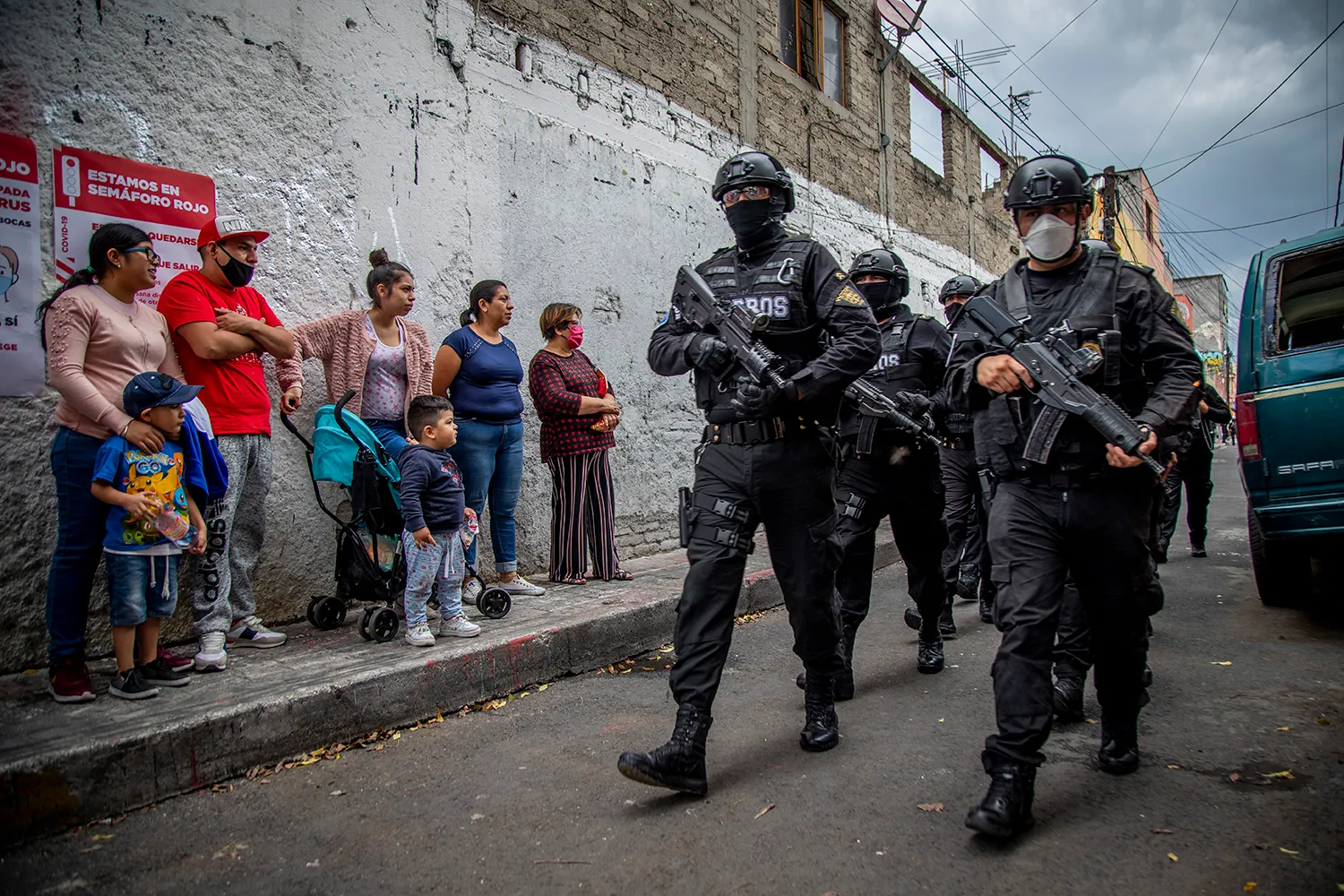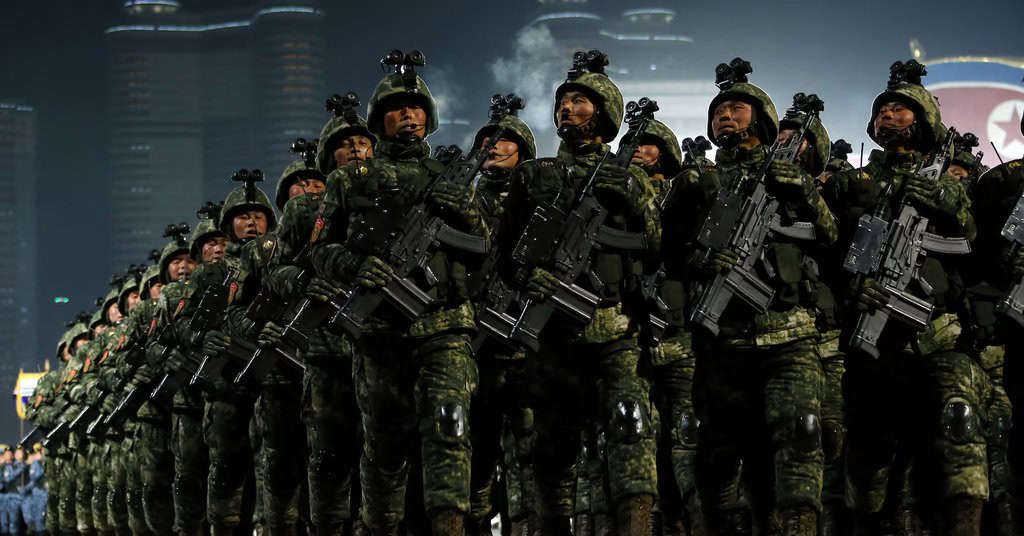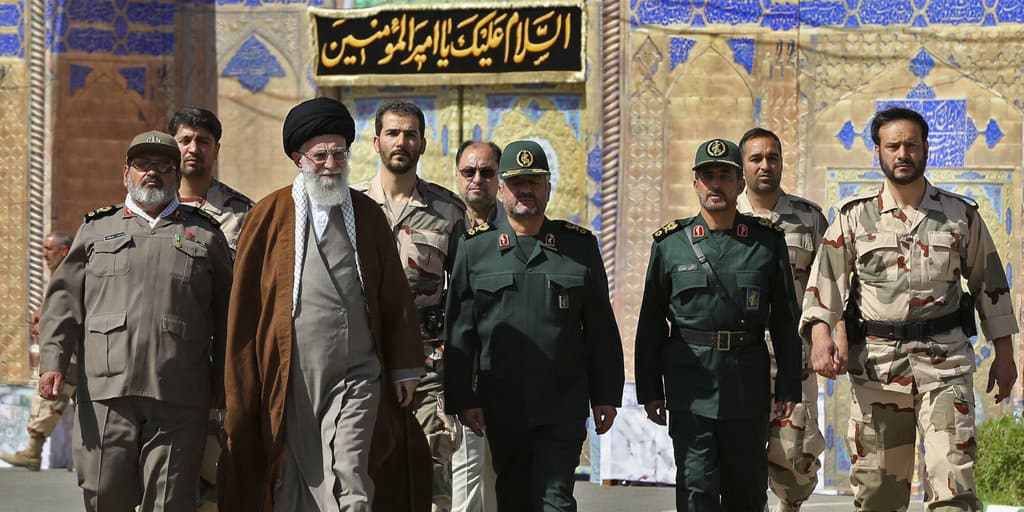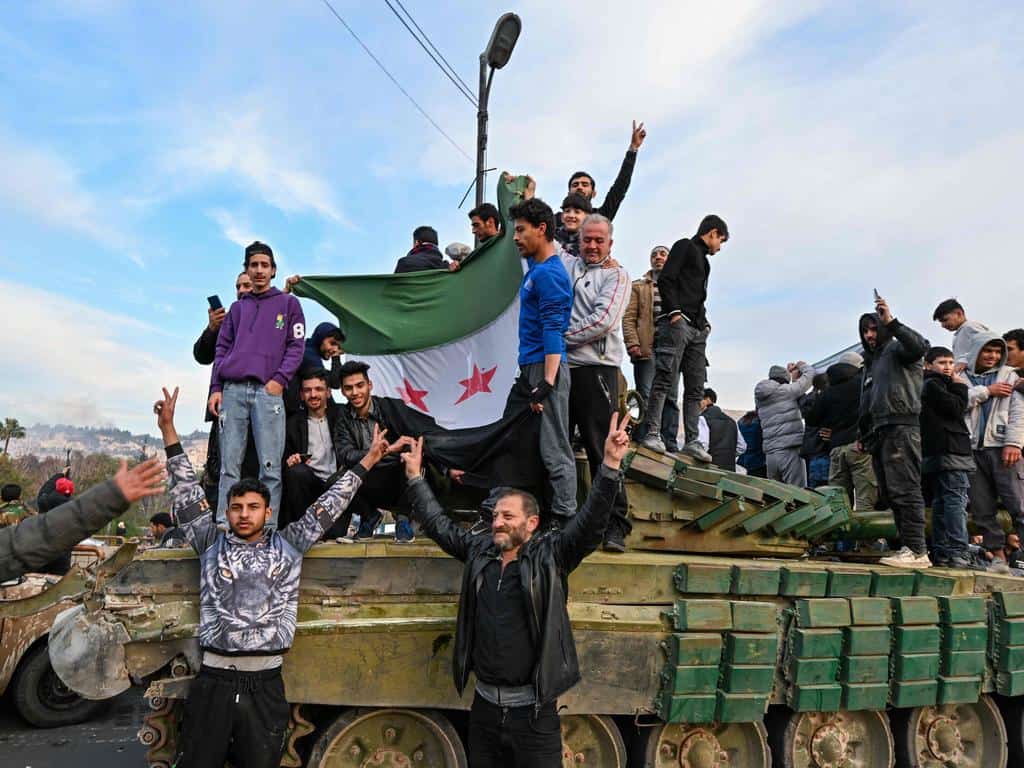The Mexican war on drugs, a conflict that began in 2006, has turned into one of the most enduring and violent campaigns of the 21st century. Officially declared on December 11, 2006, when the Mexican army was deployed to Michoacan to combat drug cartels, this war has since spiraled into a multi-faceted conflict that has devastated communities, eroded public institutions, and reshaped Mexico’s security landscape. Eighteen years later, with over 400,000 deaths and more than $100 billion spent, the violence shows no signs of abating.
The Origins of a Long-Brewing Conflict
Although the Mexican government’s official war on drugs commenced in 2006, the roots of this conflict stretch back much further. For decades, Mexico has served as a key transit route for narcotics en route to the United States, the world’s largest consumer of illegal drugs. In the 1980s and 1990s, the rise of powerful cartels like the Sinaloa, Juárez, and Gulf Cartels solidified the country’s position as a central player in global drug trafficking networks.
By the early 2000s, drug-related violence had already begun to escalate, with cartels asserting control over key territories and exploiting Mexico’s deep-seated issues of poverty, corruption, and weak law enforcement. The deployment of the Mexican military to Michoacán in 2006, under President Felipe Calderon’s leadership, marked the first major offensive in what has become an increasingly complex and costly war.
Calderón’s administration aimed to dismantle the drug cartels, but this strategy only served to fragment them, leading to the rise of smaller, more violent factions.
The Escalating Violence and Human Toll
The statistics are staggering: over 400,000 people have lost their lives since 2006 as a direct result of the war on drugs. This includes not only cartel members and government forces but also innocent civilians caught in the crossfire. Mass graves, kidnappings, and disappearances have become a grim reality for many regions, with the International Committee of the Red Cross (ICRC) estimating that tens of thousands of individuals remain missing to this day.
The violence has not been confined to Mexico’s borders, either. Spillover violence into the Southwestern United States has raised concerns over border security, while neighboring Central American countries have faced increased instability due to the cartels” operations expanding southward. The brutal tactics employed by cartels-ranging from beheadings to public displays of dismembered bodies -are intended to instill fear and maintain control over contested territories.
A Conflict Beyond Borders
The Mexican war on drugs is not merely a national issue-it is a regional crisis with global implications. The cartels operate sophisticated, transnational networks, leveraging drug trafficking routes that span North, Central, and South America.
Furthermore, the conflict has spurred significant migration flows, as people flee violence-stricken regions in search of safety. This has, in turn, exacerbated political tensions between Mexico and the U.S., particularly over border security and immigration policies.
Moreover, drug trafficking syndicates have capitalized on advances in technology and weaponry, with some cartels now rivaling the capabilities of national military forces. They employ encrypted communications, drones for surveillance, and even military-grade weapons.
In some parts of Mexico, the cartels function as de facto authorities, exerting control over local economies and providing services in areas where the state’s presence is weak or nonexistent. This has led to the formation of what many experts describe as “states within a state,” where the government’s ability to assert control is significantly diminished.
Corruption and the Challenge of Governance
One of the most significant obstacles to ending the Mexican war on drugs is the pervasive corruption within the country’s political and security apparatus. Cartels have infiltrated every level of government, from local police forces to high-ranking officials, often through a combination of bribery and intimidation. Those who refuse to cooperate with the cartels frequently face deadly consequences, a reality that has left many regions effectively under cartel rule.
Efforts to combat corruption have been stymied by the sheer scale of the problem. High-profile arrests and extraditions of cartel leaders, while celebrated by authorities, often lead to internal power struggles within the cartels, resulting in more violence rather than stability. Additionally, law enforcement agencies remain underfunded, undertrained, and outgunned by the cartels, limiting their ability to restore order.
Economic and Social Costs
The financial burden of the Mexican war on drugs has been immense, with an estimated $100 billion spent over the last 18 years. These resources have been allocated to security operations, military deployments, and efforts to strengthen law enforcement. However, many argue that this money could have been better spent addressing the root causes of the conflict, such as poverty, unemployment, and a lack of social services in regions most affected by cartel violence.
The human cost is equally severe. Entire generations have grown up in the shadow of violence, with schools, businesses, and public services often disrupted or destroyed in conflict zones. The psychological toll on the population is profound, as communities live in constant fear of cartel violence and government crackdowns.
A War Without End?
Eighteen years into the conflict, there is little indication that the war on drugs is nearing a resolution. Successive Mexican administrations have attempted various strategies, ranging from aggressive military offensives to calls for peace negotiations with the cartels. Yet, the core issues-corruption, inequality, and the demand for narcotics in the U.S. -remain unaddressed.
As long as these underlying conditions persist, the Mexican war on drugs is likely to continue, with no clear end in sight. For now, the death toll keeps rising, communities remain scarred, and Mexico finds itself locked in a seemingly unwinnable war.




